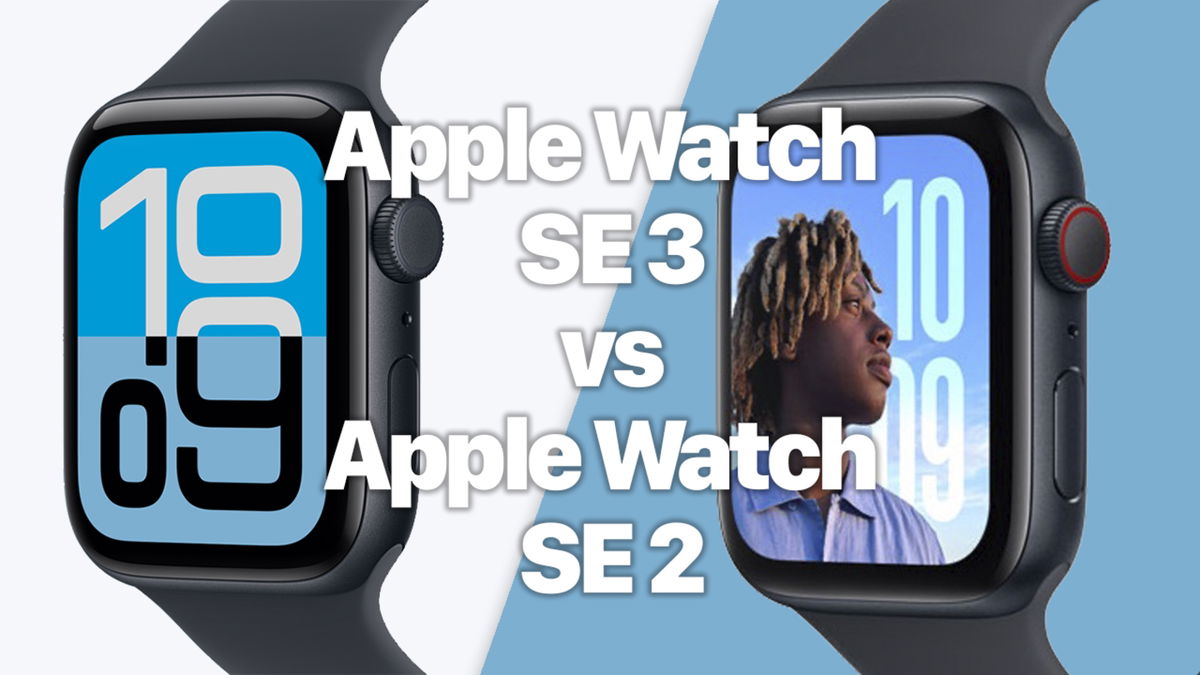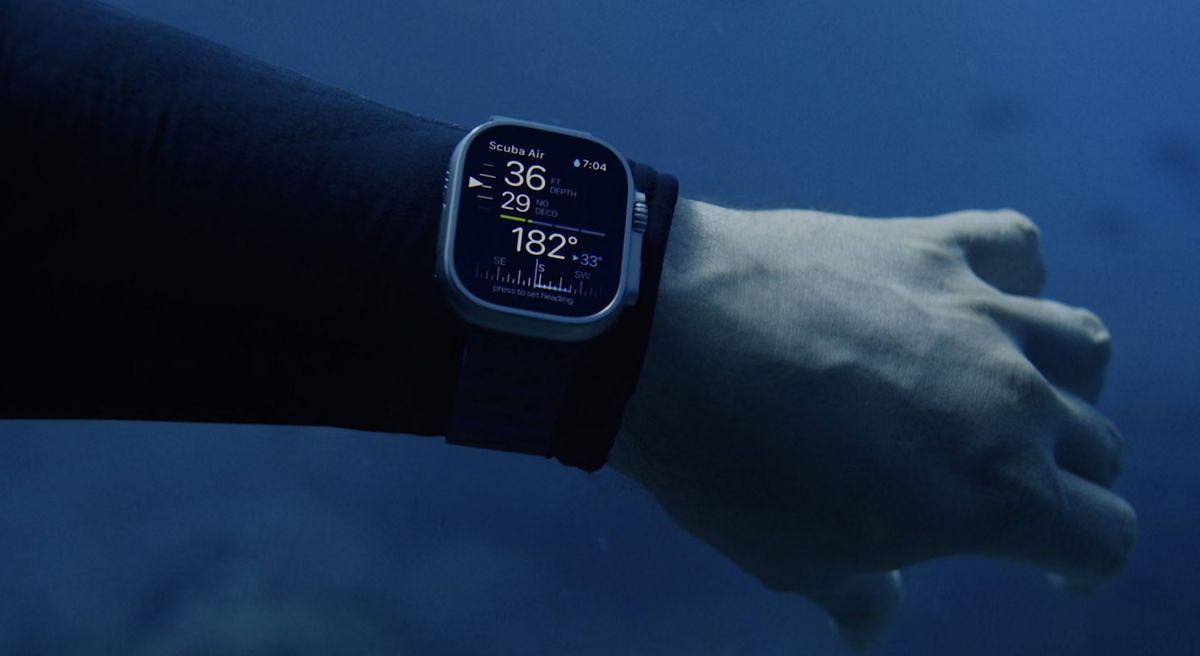I am convinced that you have never wondered if the manufacturing industry is developing at the same rate as the technology industry, even though they are closely related. I know because I’m in this group. I always thought—or maybe never thought—that as technology miniaturizes, component reuse efforts will also find more and more ways to reuse every part of every device we retire.
Actually it is not. Innovation — not just in tech gadgets — is advancing at a breakneck pace to make everything faster, more efficient, smaller, and less prone to breakage. But many of the recycling processes in use today are reminiscent of what was considered state-of-the-art twenty years ago.
This presents a huge challenge because we are a society that attaches vital importance to the smartphone with 91.5% penetration. Less than 10% of the world’s population does not have a phone in their pocket. From a more absolutist perspective, 6.6 billion people will use a mobile phone in 2022.
How can we reduce the ecological footprint created by such a monumental production of technological devices used by many billions of people, especially if the recycling industry does not catch up with us?
The question is asked at Apple, seeing the panorama of portable devices production and growth that has been observed in recent years. The result is an attempt to greatly automate and improve the process of reusing and recycling components in your own devices. He has a name, he is called Daisy and it’s a robot capable of disassembling an iPhone in just 18 seconds.
There are actually two Daisy robots in the world. One is in Austin, Texas (USA) and the other is in Breda, a small Dutch town near the Belgian border, where I recently visited to see and better understand how it works.
Drilling instead of screwing
The first thing that strikes you when you are in front of Daisy is not what you see, but what you hear: a constant repeating sound. A blow that doesn’t stop, except for a few exceptions when you have to stop the disassembly process manually. This is actually the result of rethinking processes to improve Daisy’s efficiency. It took Liam (his predecessor) 12 minutes to disassemble the iPhone because he unscrewed every single screw.
Daisy just hits them. This is the sound we heard! As precise as a robot may be during the disassembly process, it doesn’t need to be extremely careful, at least not in some parts of the process. Sometimes speed comes first, and it turns out that there are times when it is literally worth hitting certain components. Moreover, at the next stage of the recycling process, it no longer matters whether the screw holes are useful or not.
It is the product of a rethinking of procedures. It’s not about reversing the building process, but it’s also not about shredding everything indiscriminately, as is the case for most of the recycling industry these days.
When Daisy is done, what used to be an iPhone is now a series of individual components on different trays. The battery comes out of the tray as a single piece for later reuse or shipping to another recycling process. On the other side of the robot, we see dozens of items being retrieved and stacked on trays, ready to be separated into different bins. Photomodules, tactile motor, tablets, wireless charging module and much more.
Daisy is the future of recycling
What at first glance appears to be the process of beating an iPhone — in addition to knocking out the screws, it cools the iPhone down to -50 degrees Celsius in a matter of seconds to easily remove the battery — is actually a series of carefully crafted steps on the iPhone.Daisy part to recovery of rare materials in high demand.
The camera, for example, has a significant proportion of gold and copper. The tactile engine uses magnets based on rare materials, which in both cases are interesting to separate and safely recycle, avoiding the shredder, where most of the useful material is lost.
This completely different process also avoids one of the biggest problems of conventional recycling: material contamination caused by the mixture after crushing devices. It matters to Applebecause thanks to the separation they manage to maintain the highest quality of materials, even if they are of recycled origin.
The company’s ultimate goal is to ensure that the vast majority of the materials used in all of its devices are recycled. creating a circular economy, which reduces extraction and reduces environmental pollution during the production process. They have been successful with aluminum so far, as explained in the company’s latest environmental report.
In fact, the vast majority of devices introduced by Apple in 2021 and 2022 use aluminum. already 100% redesigned. In the other 14 most important materials present in their products, the average is 18%. But as recycling processes become more sophisticated, thanks to efforts like Daisy, that share will increase.

Daisy is one of Apple’s components to be 100% carbon neutral in 2030.
The automotive industry is not the only one making huge efforts – through electrification – to become 100% carbon neutral by 2030-2035. Big companies like Mansana operate at full capacity to ensure 100% performance, including the entire production chain, which in turn includes all its suppliersbe 100% neutral.
At the moment, all the work of the company, that is, all offices, and the delivery of employees is already there. But the reality is that this is the minimum percentage of the total emissions that Apple produces annually. Bulk, 70%, is in device manufacturing. Initially, the company’s 213 suppliers already use only renewable energy sources. But there is a long way to go. An important part of achieving this is the creation of a circular economy, in which many components of manufactured products are returned to the company. They are then dismantled, separated, and their materials reused to make new devices.
In this sense, Daisy can dismantle 12 million iPhones a year. It is smaller than it appears in the photos and videos. And in the place where he works, several of these robots could well work in parallel. But according to Apple, it runs below its maximum capacity.
Efforts are not only on the side of Apple. Users need to start getting used to returning or reselling their old devices to the company. Especially when they no longer work so that their components can be reused. Anyway, There are many things to do.
Beyond Daisy

Daisy — as well as the complexity of the dismantling and recycling process — is one of the key components in Apple’s journey to neutralize harmful emissions into the atmosphere that contribute to climate change. But he’s not the only one. This is a job that requires a significant shift in thinking throughout the corporation and can have a major impact. After all, they are one of the largest and most important companies in the world.
Like almost everything, another of the key points is the design. In particular, the industrial design of every product that Apple releases. Of course, the use of materials, as well as the way they are assembled, which does not compromise the function, shape or safety of the product, but makes recycling easier and more efficient.
There is also efficiency when it comes to energy use for each product. Ever since Apple moved to the M1 processors, they have shown how they can maintain high levels of power while consuming much less power.
The most recent example in this sense is MacStudio. During the year you can use up to 1,000 kWh less than a comparable high-performance tower PC. In addition to being good for the environment, this is great news for companies that incorporate this equipment into their manufacturing processes.
Source: Hiper Textual
I am Bret Jackson, a professional journalist and author for Gadget Onus, where I specialize in writing about the gaming industry. With over 6 years of experience in my field, I have built up an extensive portfolio that ranges from reviews to interviews with top figures within the industry. My work has been featured on various news sites, providing readers with insightful analysis regarding the current state of gaming culture.














